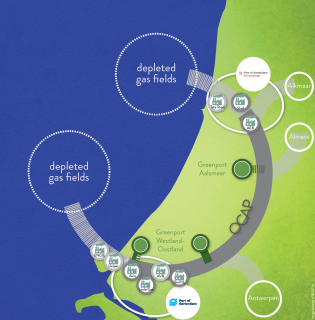How will we provide food to growing cities with a shrinking amount of agricultural land? How can we provide enough fresh water for everyone? Just as relevant: how should we make the transfer to a safe, clean and reliable energy supply?
How will we provide food to growing cities with a shrinking amount of agricultural land? How can we provide enough fresh water for everyone? Just as relevant: how should we make the transfer to a safe, clean and reliable energy supply?
The large amount of CO2 put into the atmosphere because of human activity causes climate change, threatening our quality of life and security and that of future generations. This has been acknowledged by (inter)national governments – for instance at the COP21 in Paris in 2015 -; They pledge large emission reductions. In the Netherlands, we aim for a reduction of 85-95 percent by the year 2050.
So, we have to reduce CO2 by expansive measures, and everyone should feel the responsibility to work on this challenge as effectively as possible. However, perceiving this issue as only a problem, by incrementally reducing CO2, will not lead to a satisfying end result. We should instead approach this as a huge opportunity for the Dutch economy. Our statement?
CO2 IS NOT ONLY A POTENTIALLY DANGEROUS WASTE MATERIAL, IT IS ALSO A IMPORTANT ASSET FOR THE CIRCULAR ECONOMY.
What is the situation?
CO2 is a raw material in for instance the horticulture and the chemical industry. This is a business case with growth potential.
What do we want to do?

Use CO2 in a smart way so we can reduce the use of raw materials of fossil origin.




